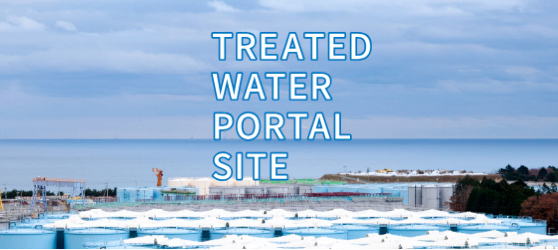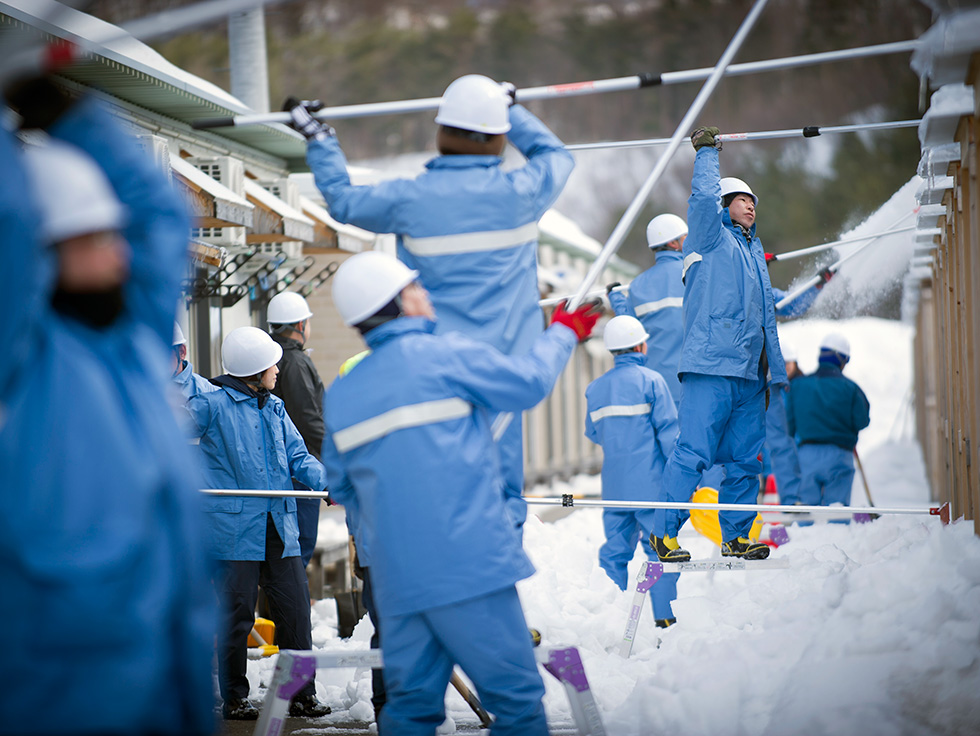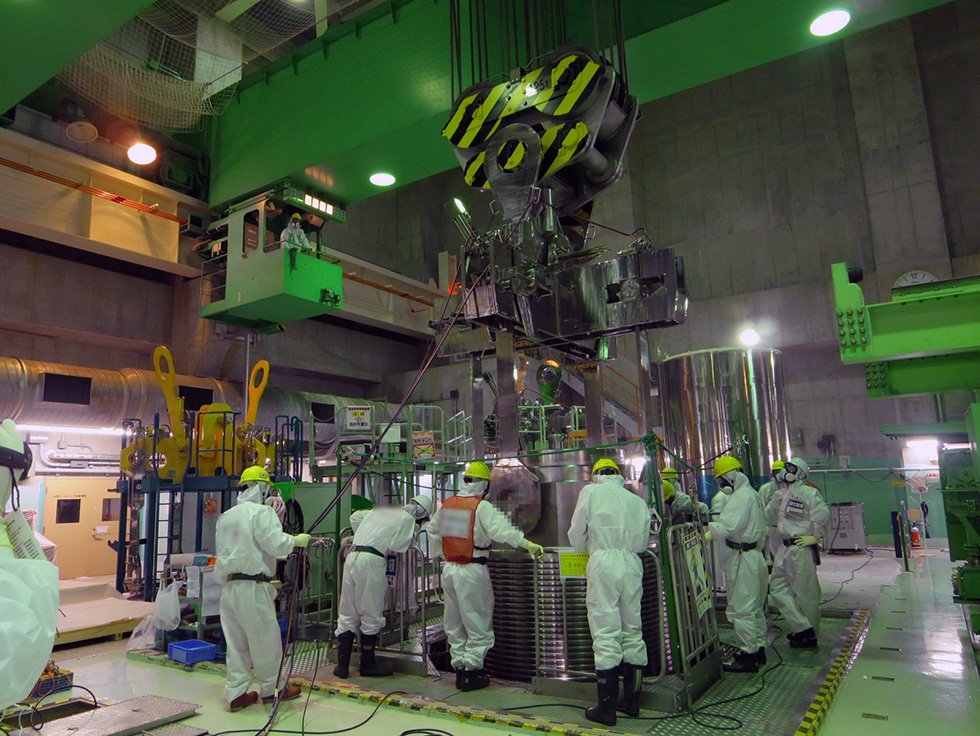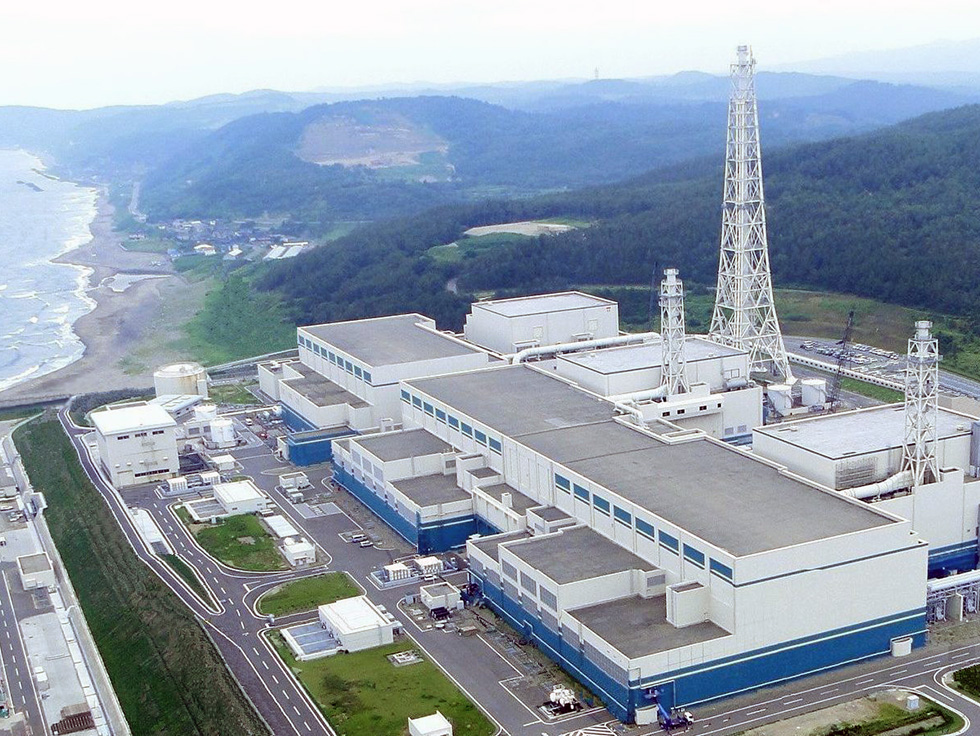Nuclear Power Generation
How Nuclear Power Generation Works
Nuclear power generation makes use of the thermal energy produced when a uranium nucleus is split. This energy is used to produce high-temperature, high-pressure steam from water boiled inside the nuclear reactor. The steam then drives a turbine for generating electricity. This is similar to the way a conventional thermal power plant works, except that the boiler is replaced by a nuclear reactor and additional equipment is needed to manage radiation and radioactive materials.
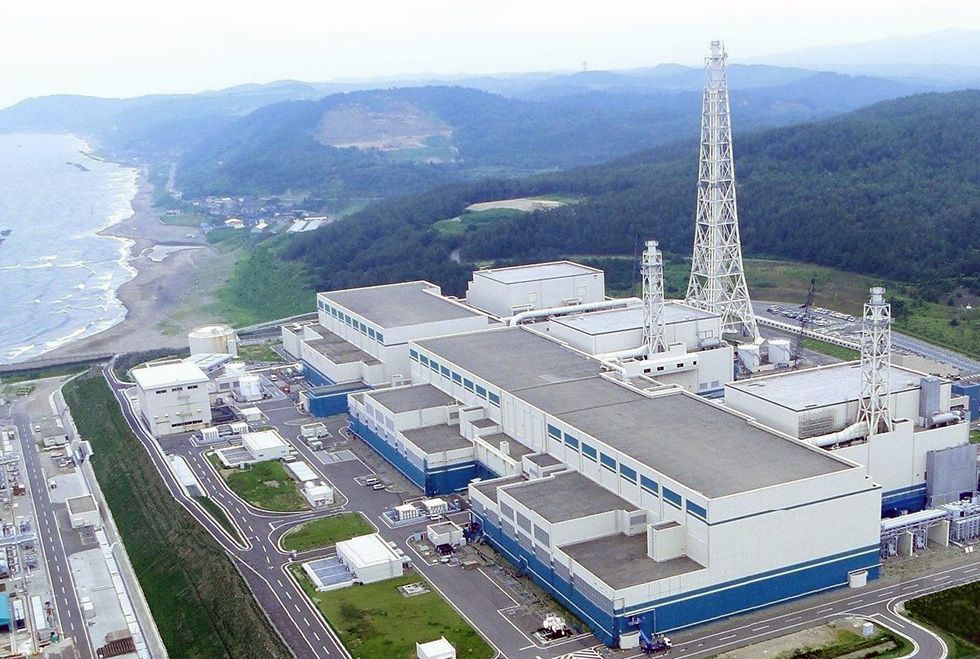
Japan's nuclear reactors are either boiling water reactors (BWR) or pressurized water reactors (PWR), both of which are types of light water reactors. All TEPCO nuclear power plants use BWR reactors.
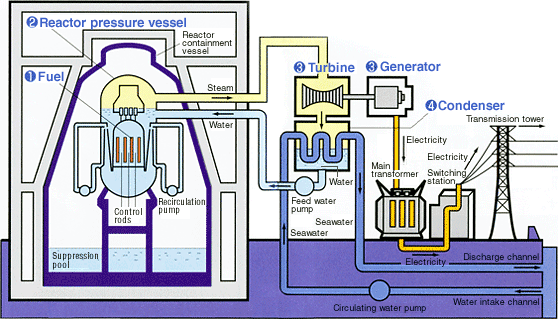
1. Uranium Fuel
Uranium functions as fuel for nuclear power stations with uranium-235 used for nuclear fission. As natural uranium contains only approximately 0.7% uranium-235, it is concentrated until this ratio reaches approximately 2% to 4%. It then undergoes various processes until it can be baked into hard pellets with an approximate diameter and height of approximately 1 cm each. These are then loaded into a long alloy-construction tube called a fuel rod. Numerous of these rods are then bundled together to create a fuel assembly. In a 1.1 million-kW boiling water reactor, 764 of these fuel assemblies are loaded into the nuclear reactor.
In the reactor, the uranium-235 absorbs neutrons to cause nuclear fission, resulting in the release of a large amount of thermal energy. At this time, two or three neutrons are emitted from the nucleus of the uranium-235. These neutrons are absorbed by other uranium nuclei, such that nuclear fission occurs continuously in this chain-linked manner. In this way, a massive amount of thermal energy can be created by such chain reactions of nuclear fission.
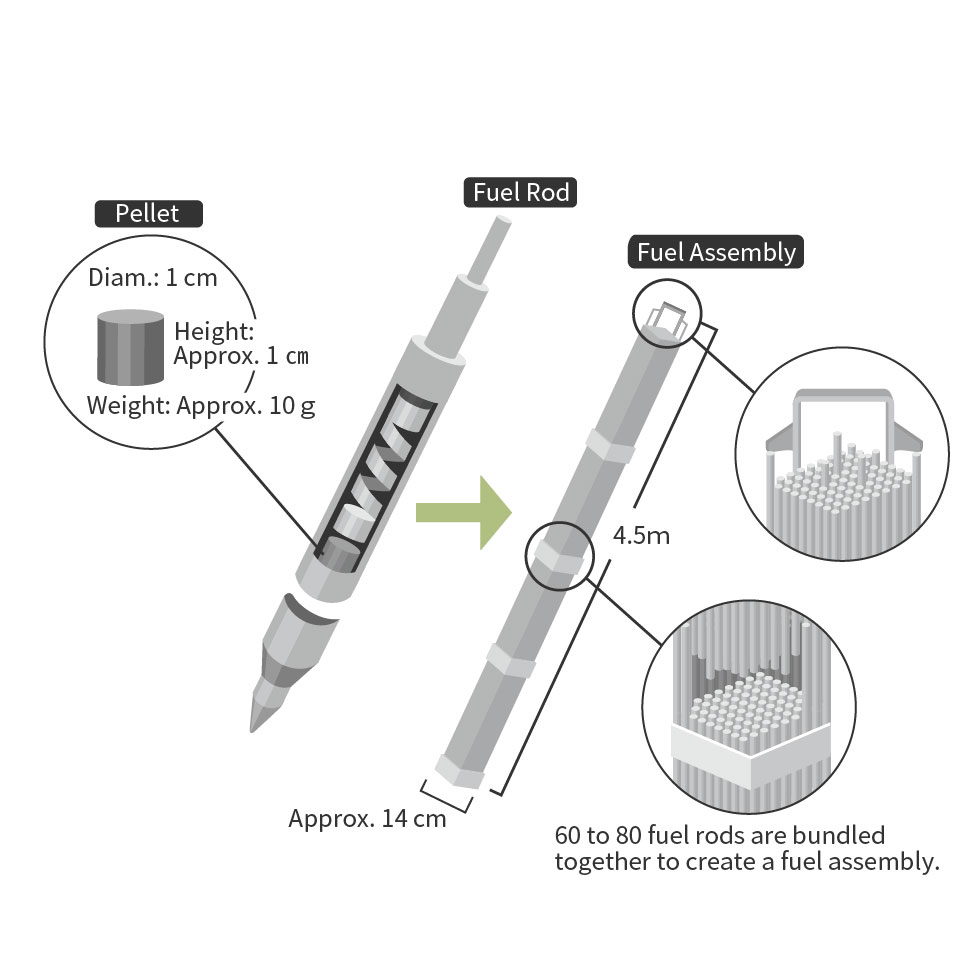
Fuel Rods and Fuel Assemblies
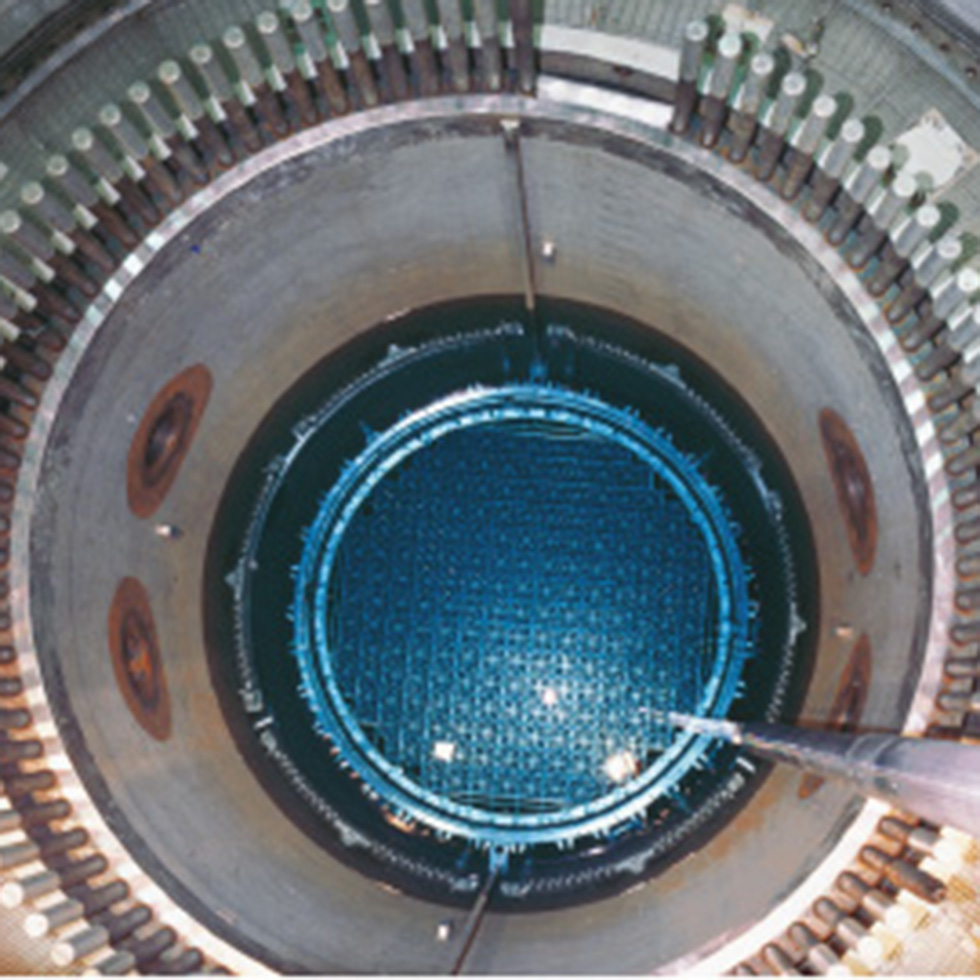
Reactor Pressure Vessel during Fuel Loading
2. Nuclear Reactor: Boiling Water Reactor (BWR)
A nuclear reactor is a device that extracts the thermal energy created when nuclear fission occurs. Nearly all of the nuclear reactors constructed and operating in Japan are light-water reactors. A light-water reactor is a nuclear reactor in which the heat created by nuclear fission is extracted as high-temperature high-pressure steam, and regular water (light water) is used as coolant and moderating material to reduce the speed of neutrons. For these reasons, it is the most widely used type of reactor in the world. Although there are two types of reactors, boiling water and pressurized water, all nuclear power generation facilities constructed and operated by TEPCO consist of boiling water-type light-water reactors with a system that directly conducts the steam generated inside the nuclear reactor to the turbines.
3. Turbines and Generators
Turbines are rotated by the high-temperature high-pressure steam power conducted from the reactor through pipes, causing the generators connected to turbines to also rotate and create electricity. The dynamics of the use of steam power to rotate turbines and create electricity are the same as those of thermal power generation.
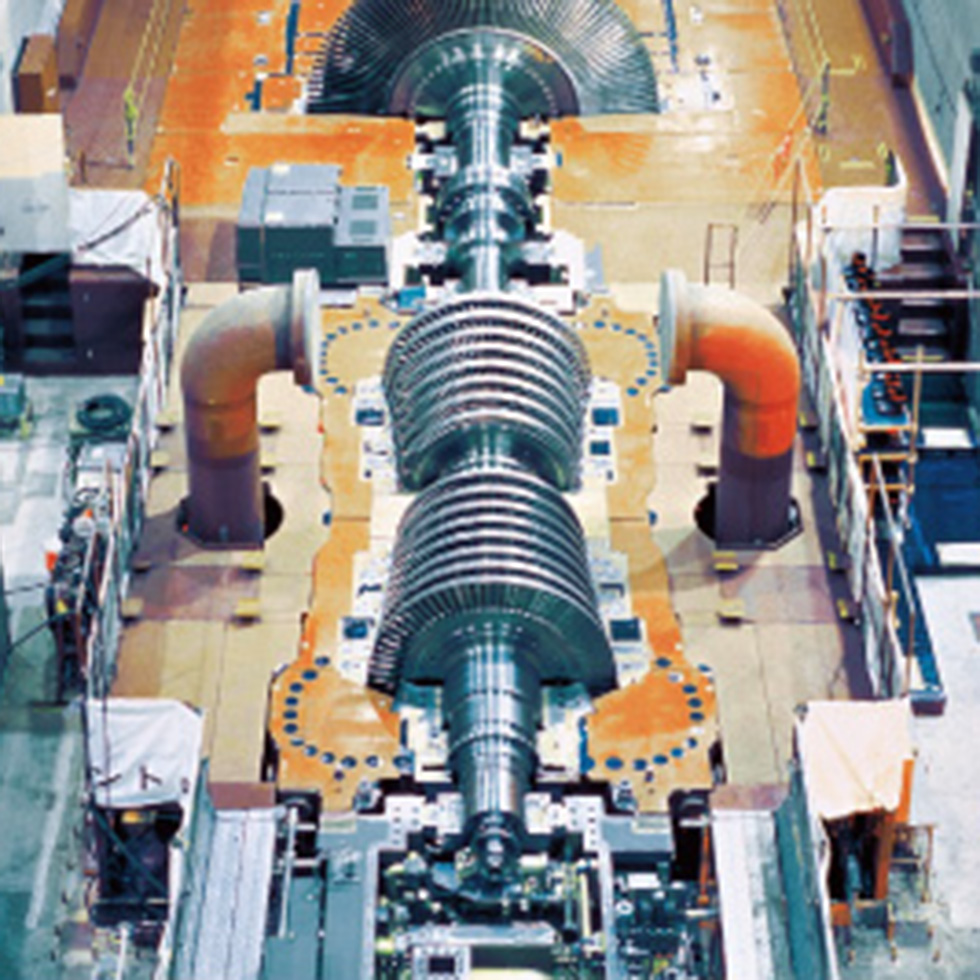
Turbines of Unit No. 2 at Kashiwazaki-Kariwa Nuclear Power Station
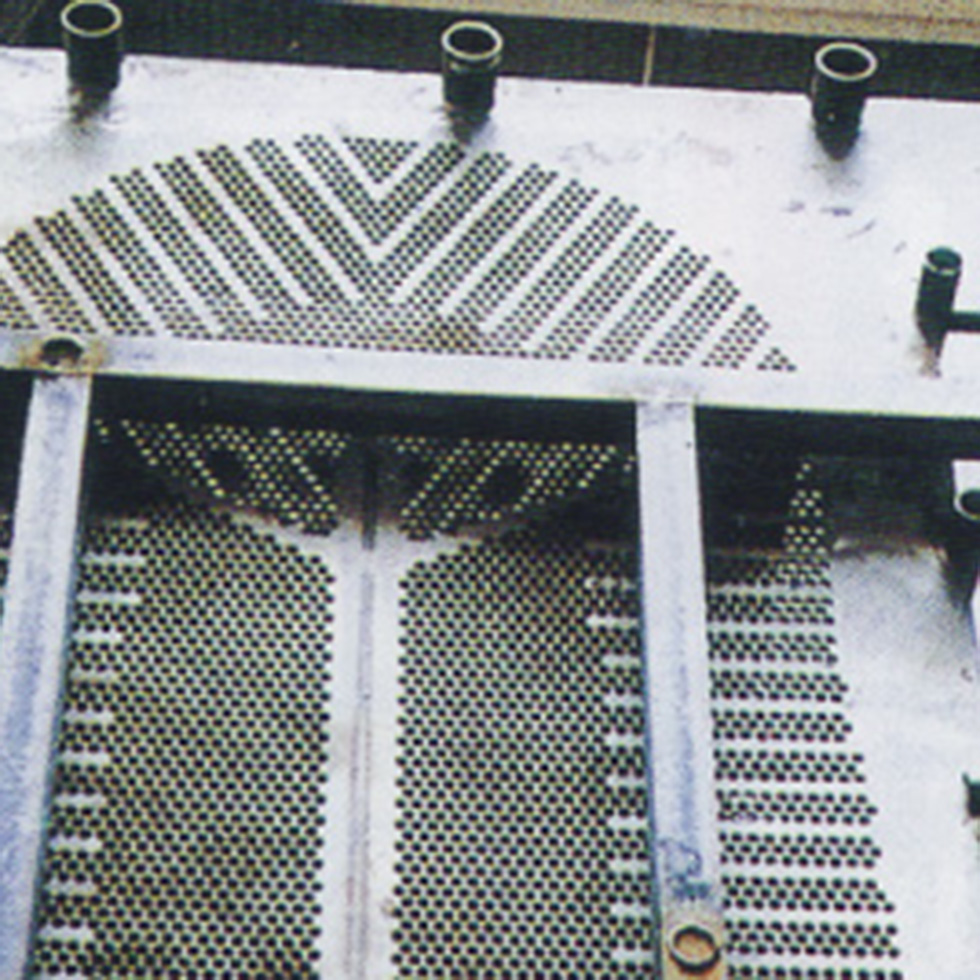
Condenser
4. Condensers
Condensers function to cool the steam after it has been used to rotate the turbines and return it to water.
Condensers contain 40,000 to 50,000 cooling pipes with a thickness of approximately 3 cm through which seawater flows, functioning to cool the steam as the seawater never mixes with the steam. Additionally, they function to increase turbine efficiency because returning steam into water reduces the volume, creating a high degree of vacuum, which results in an improved steam flow.











